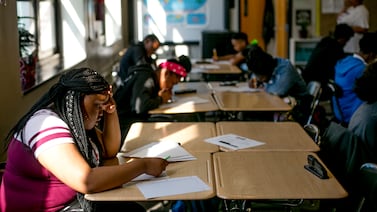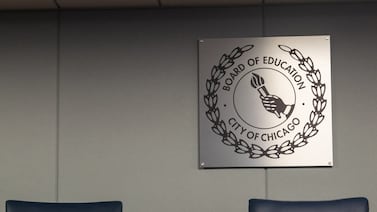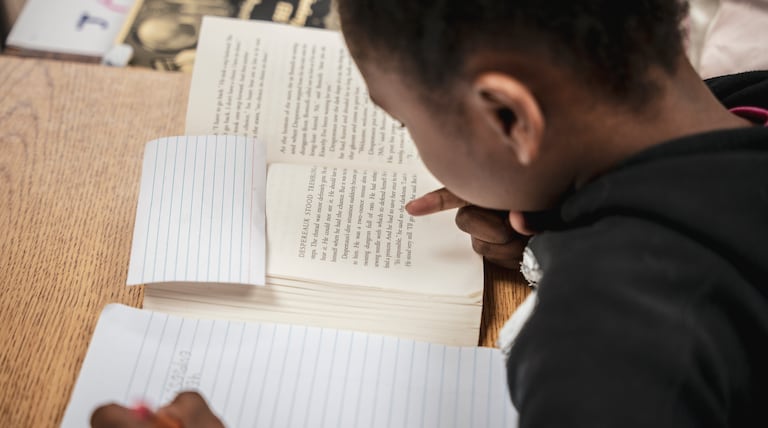COVID and Schools
Nearly half attend schools with high concentrations of poverty, while funding disparities undermine recovery from learning loss.
Gov. Bill Lee’s proposed statewide expansion follows a string of failed attempts, narrow votes, and court reversals.
The change follows updated guidance from the Centers for Disease Control and Prevention.
A new analysis finds students are making up for lost learning, but some are being left behind. There’s still time for states and districts to act.
As of October, at least 90,000 food benefits remained unused in New York City, totaling at least $35 million in unspent funds.
Students have improved slightly in math achievement since fall 2020, but reading performance has remained stagnant after a significant drop.
Parents, schools, and community organizations say many families aren’t receiving the information they need to take advantage of the benefits.
The program could help the families of up to 350,000 children pay for groceries during the summer.
The Class of 2023 were freshmen when the pandemic disrupted in-person learning. District data indicate 84% of those students graduated in four years, the highest rate in modern history.
Education experts say extra instruction is a key strategy to address pandemic learning loss.
The district is also increasing wages for all other support staff.
Districts across the nation, including Chicago, have been bracing for financial challenges as their pandemic relief dollars run out.
N.J. Gov. Murphy announced $25 million in funding for preschool expansion. It may have implications for infant and toddler care.
P-EBT funds have been doled out in recent years to help cover meal costs for families whose students usually receive free meals at school.
Researchers also found that the share of CPS students enrolling in college recently has risen.
Newly released state data shows chronic absenteeism is higher than before the pandemic.



















